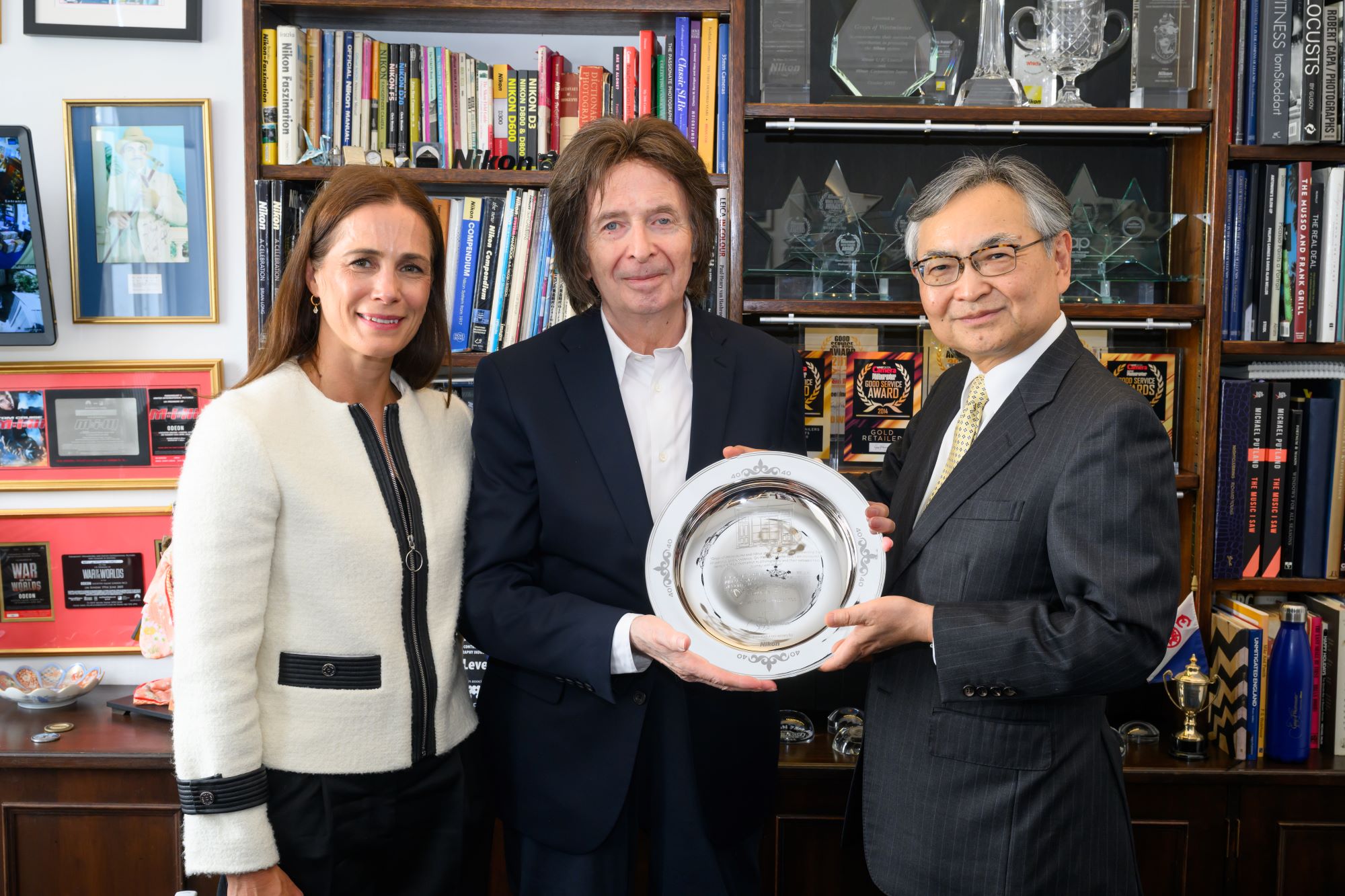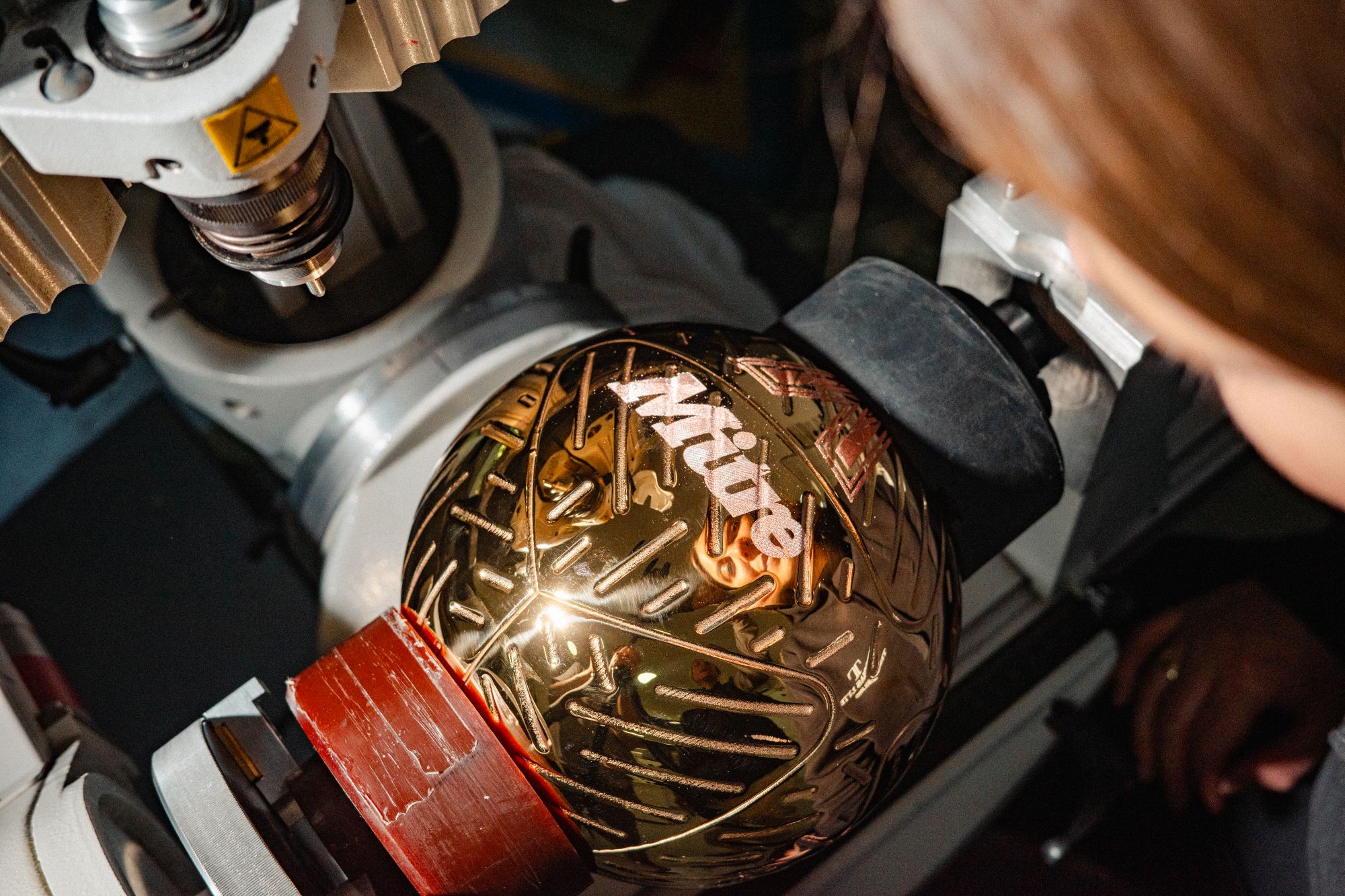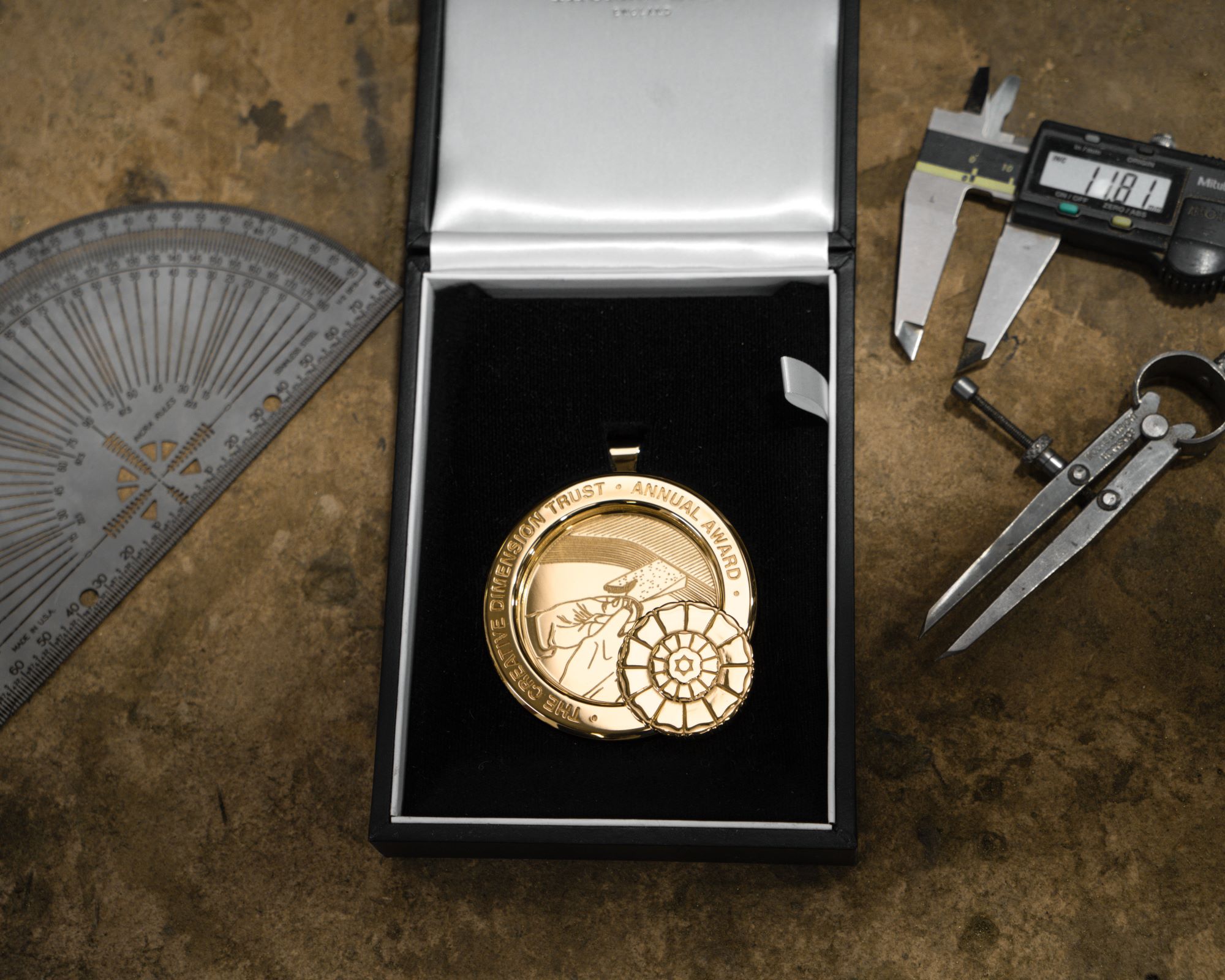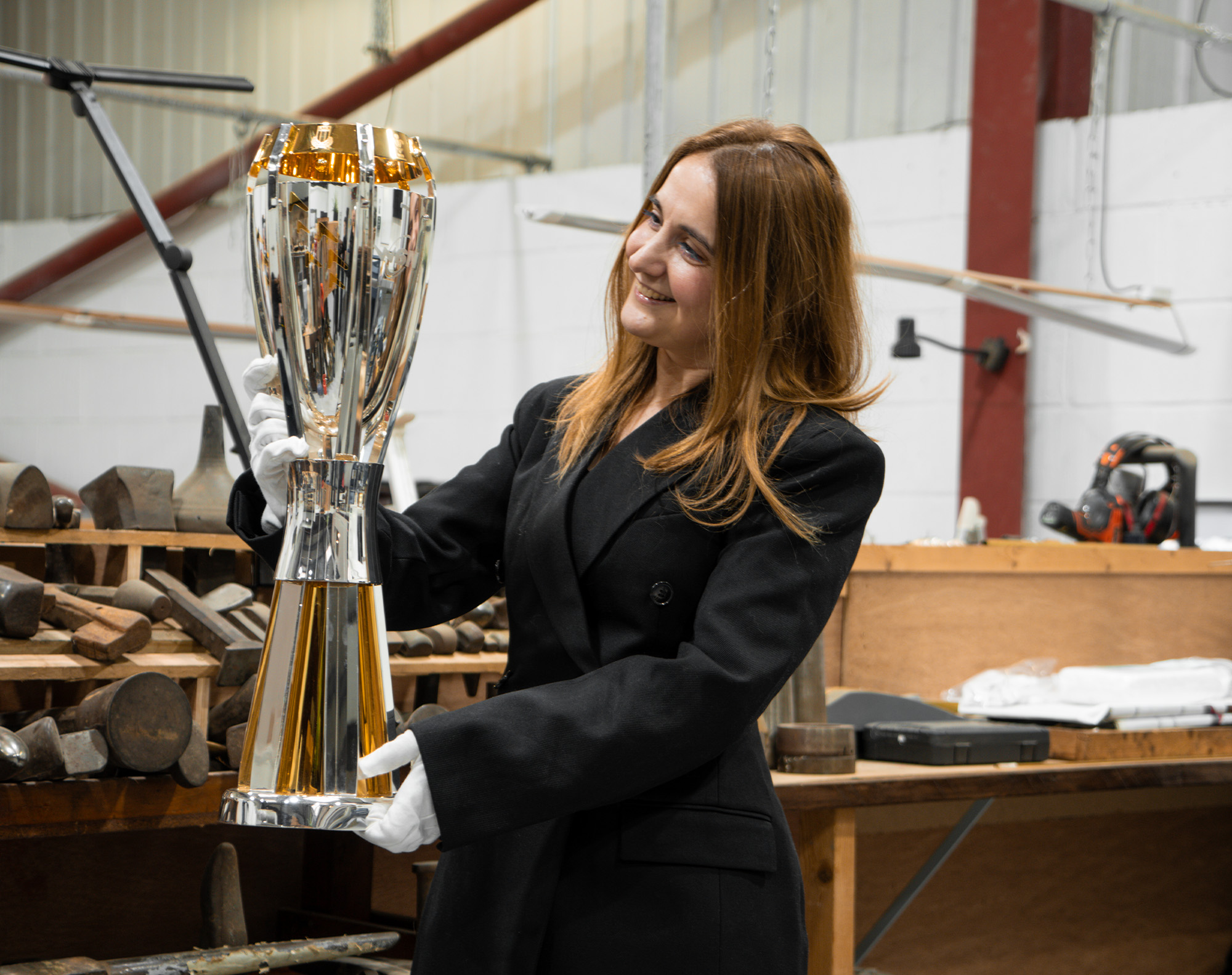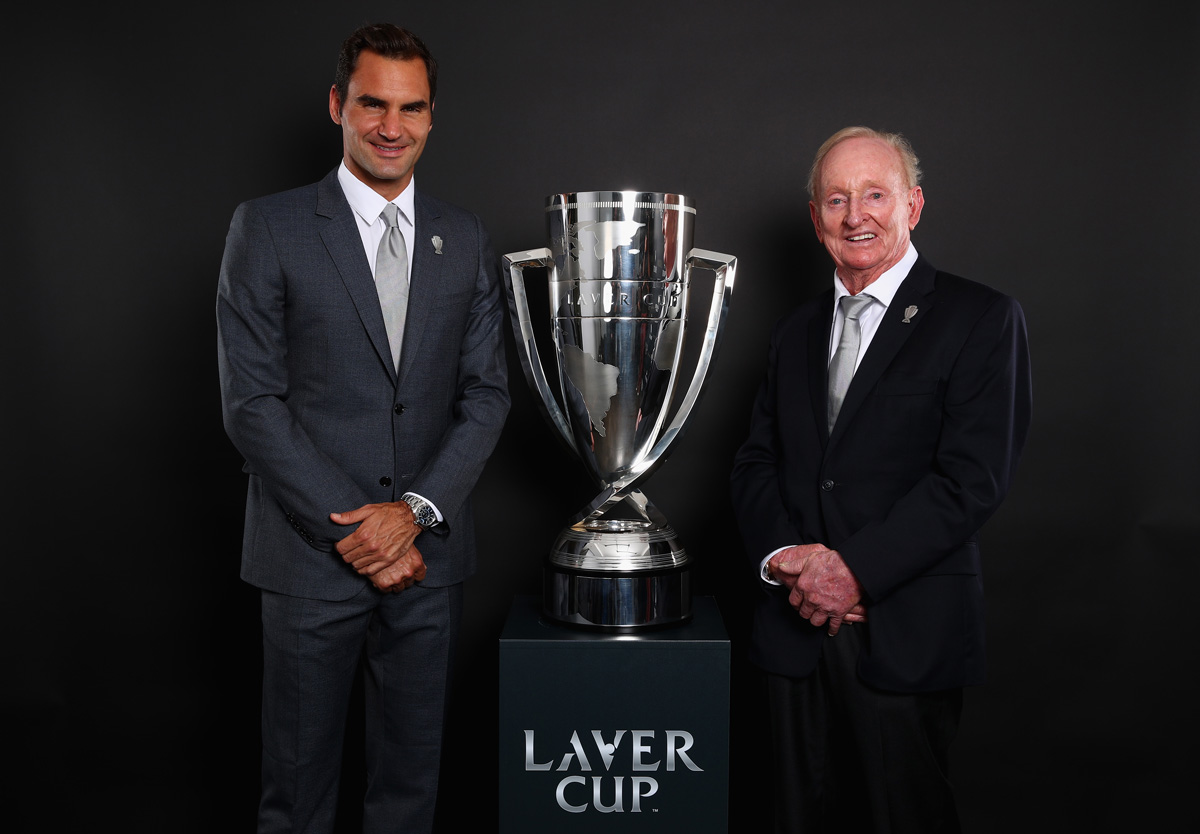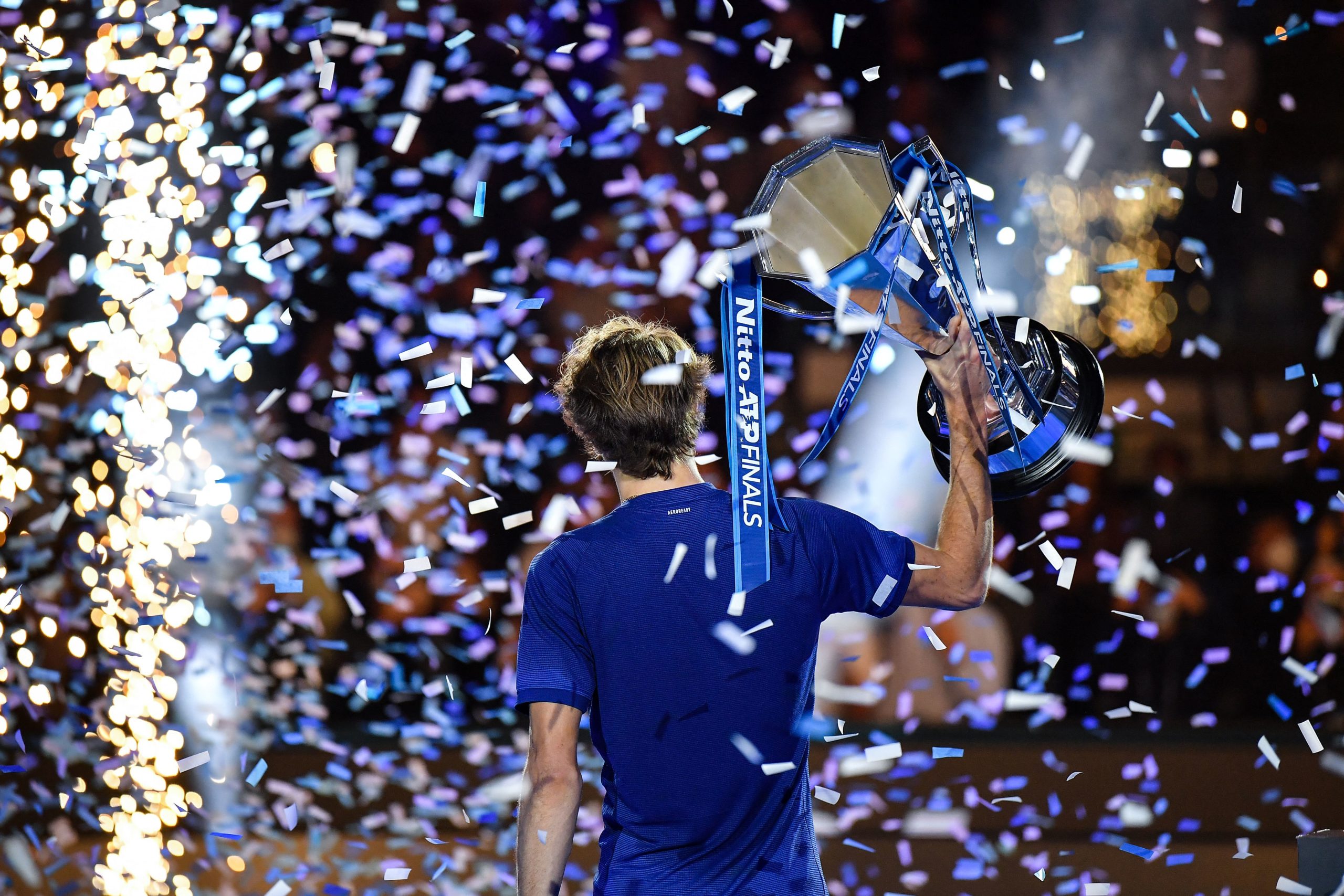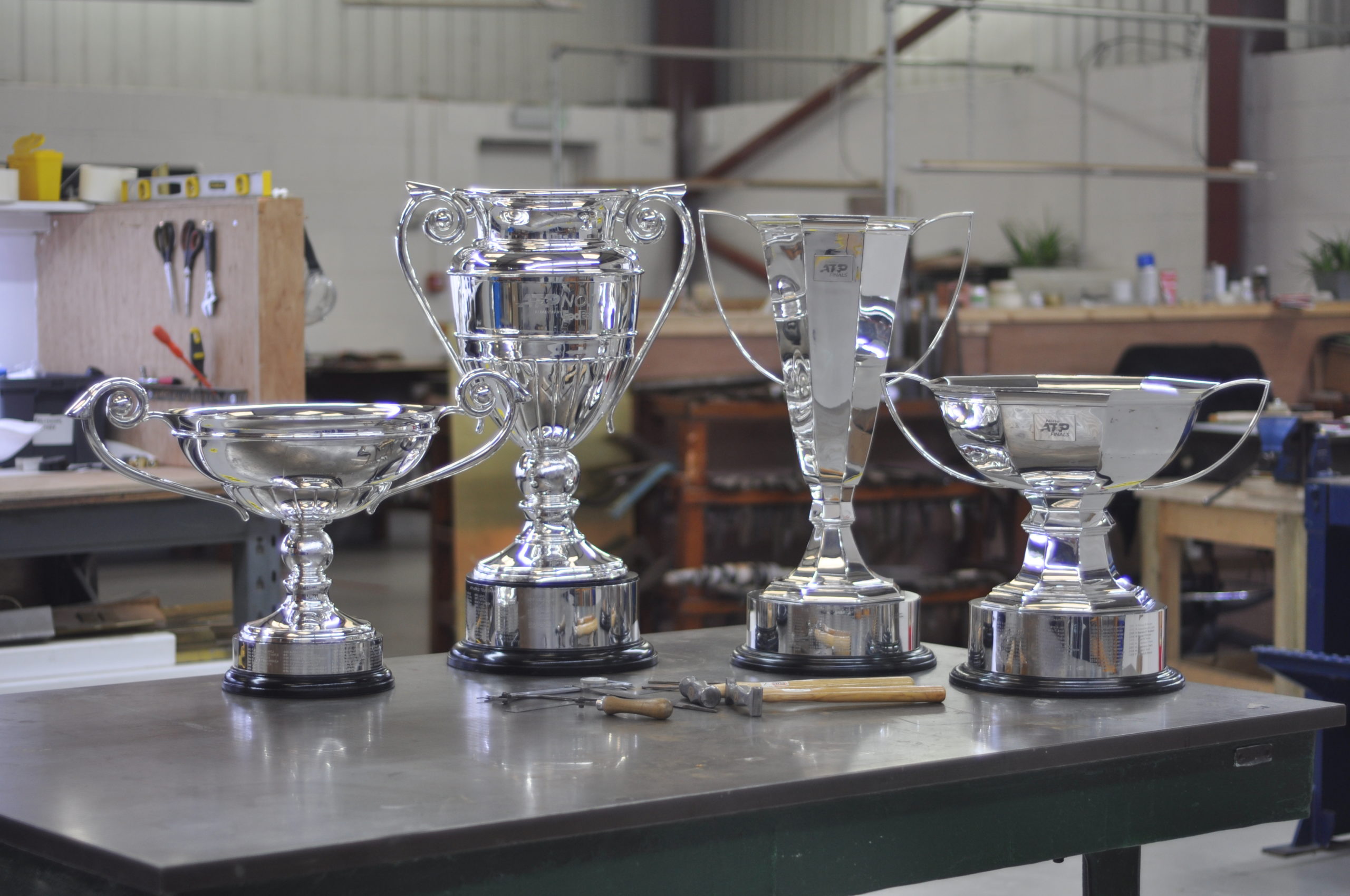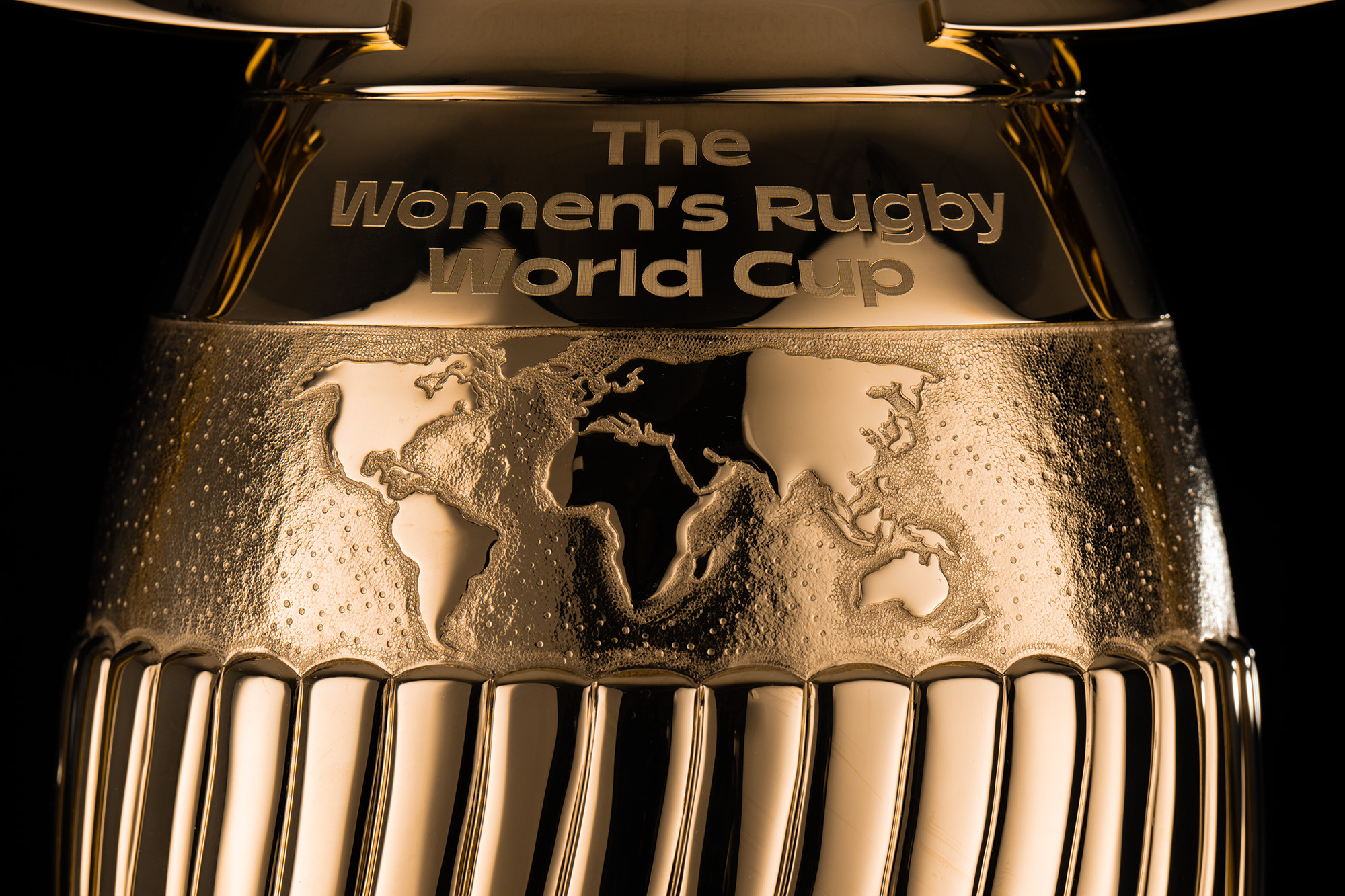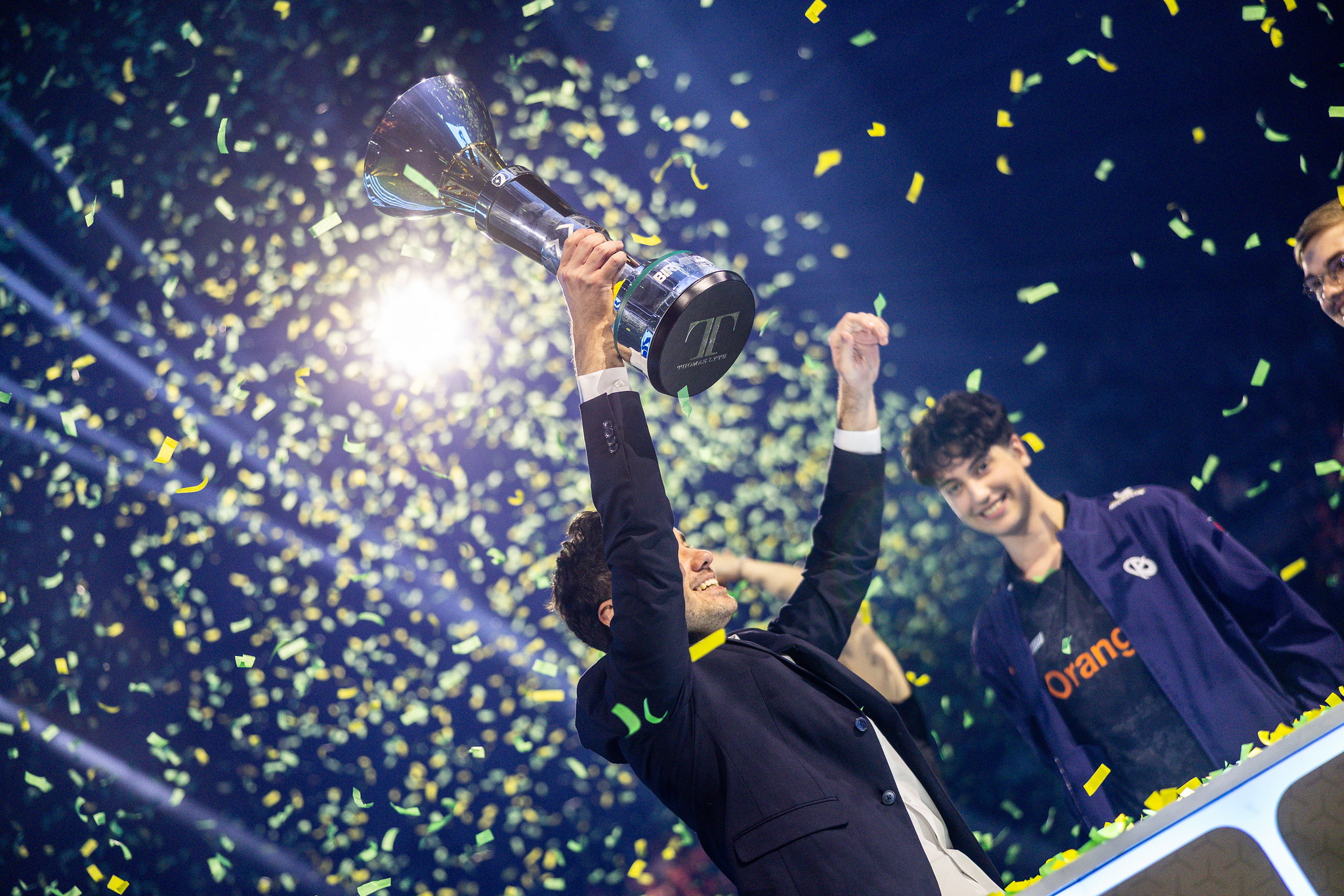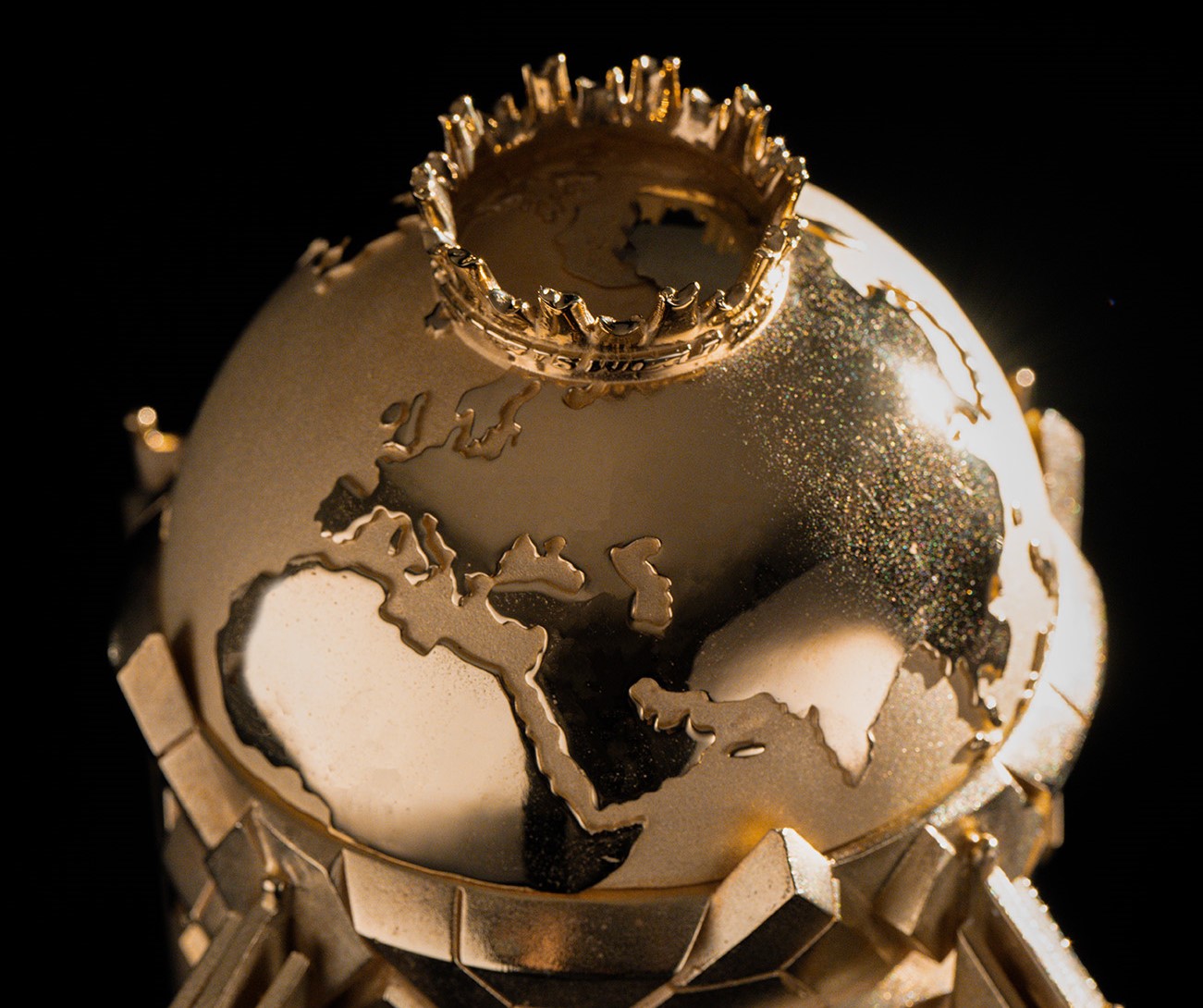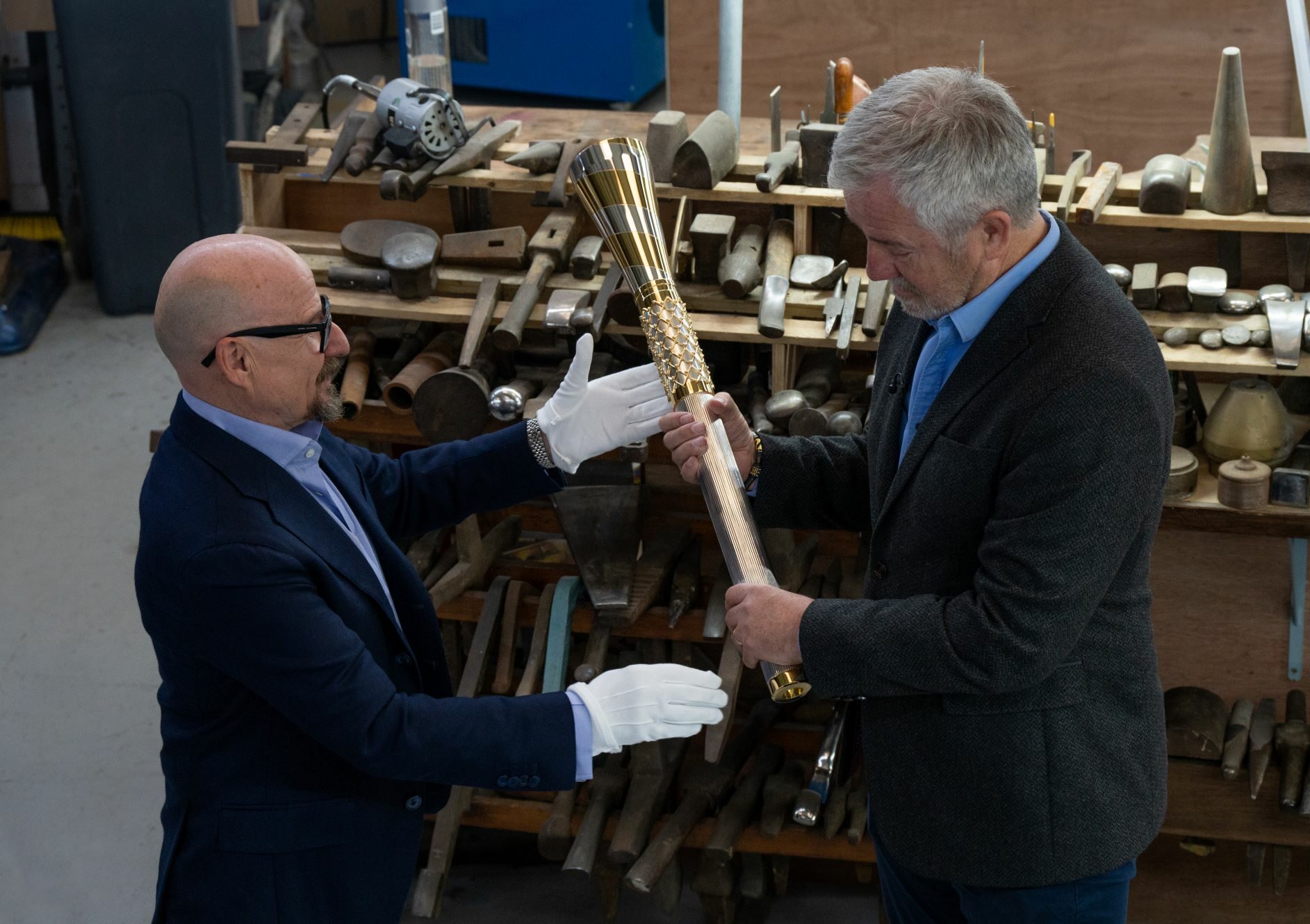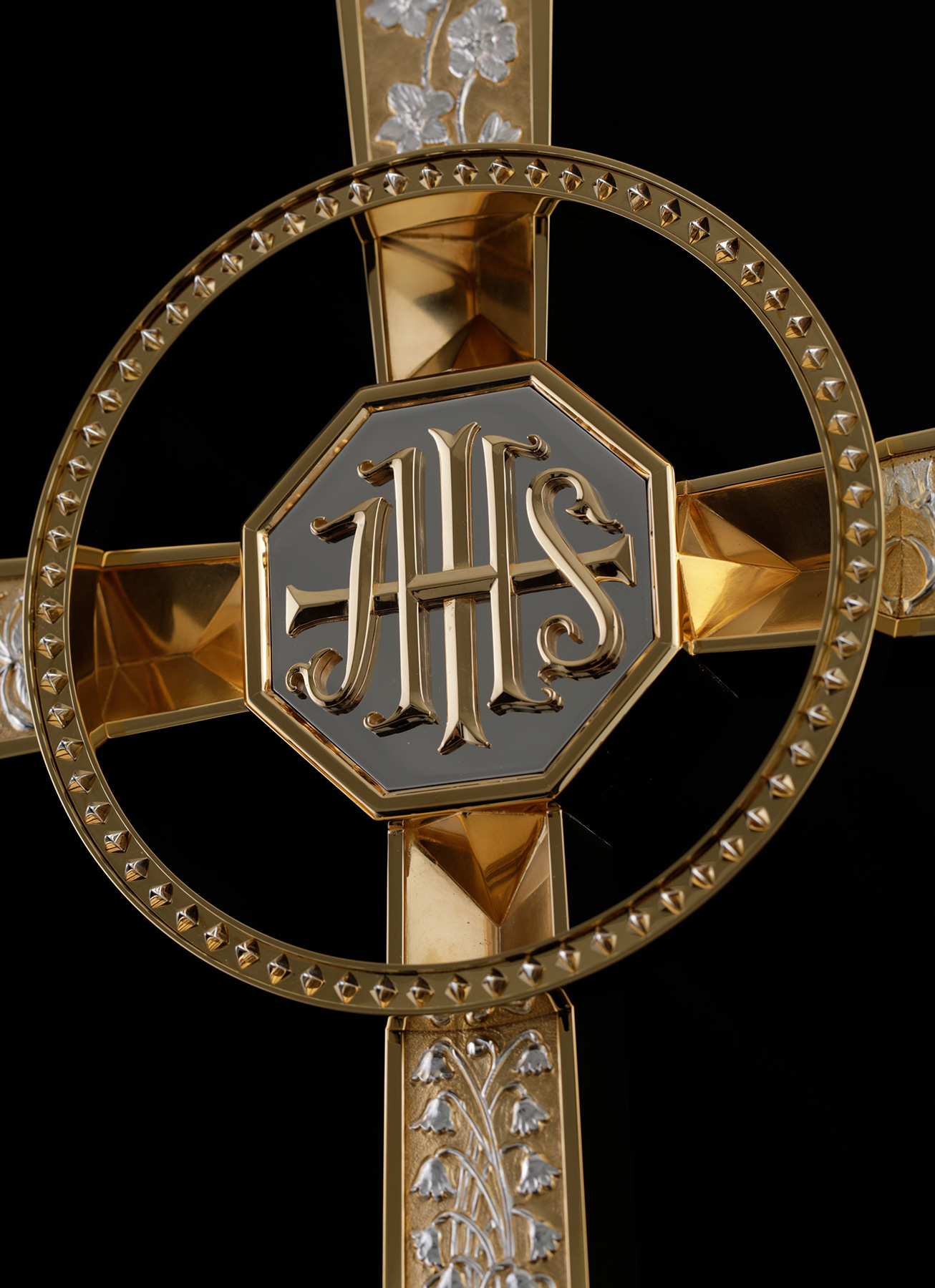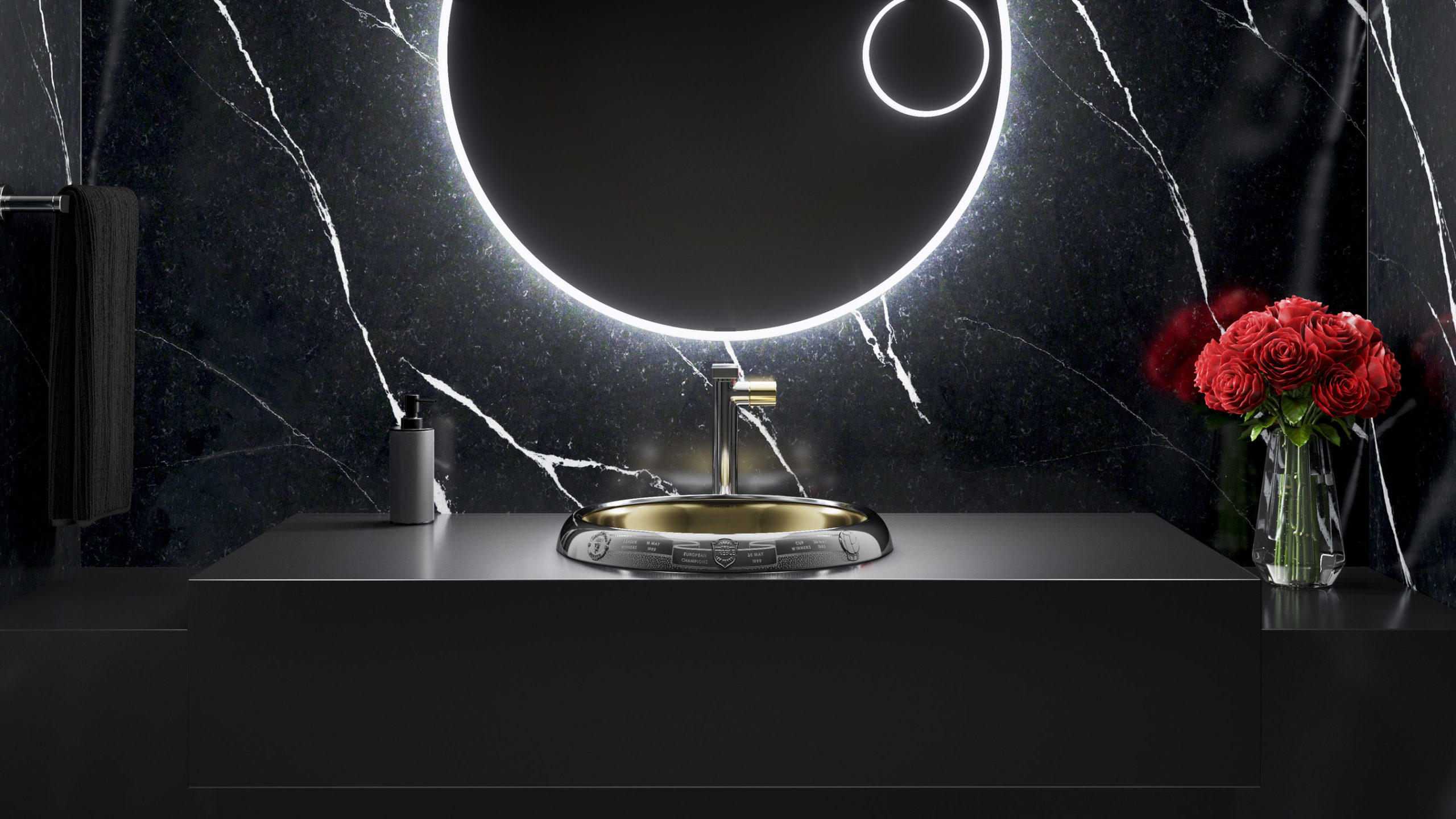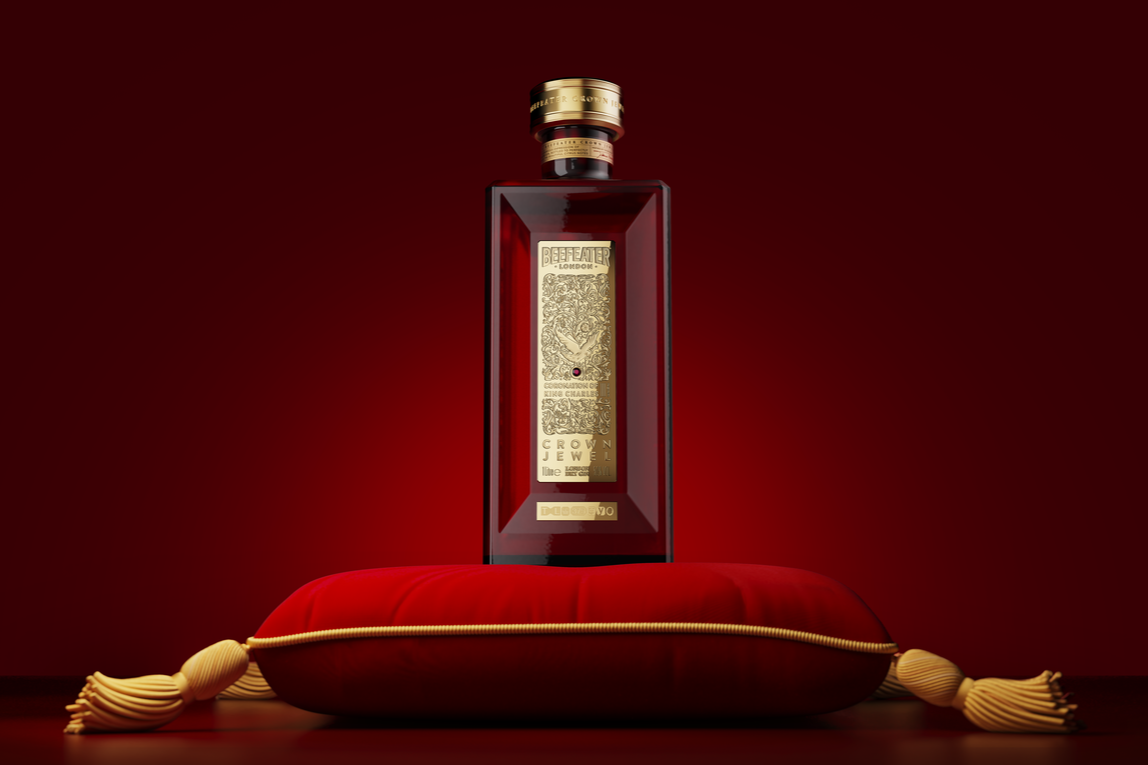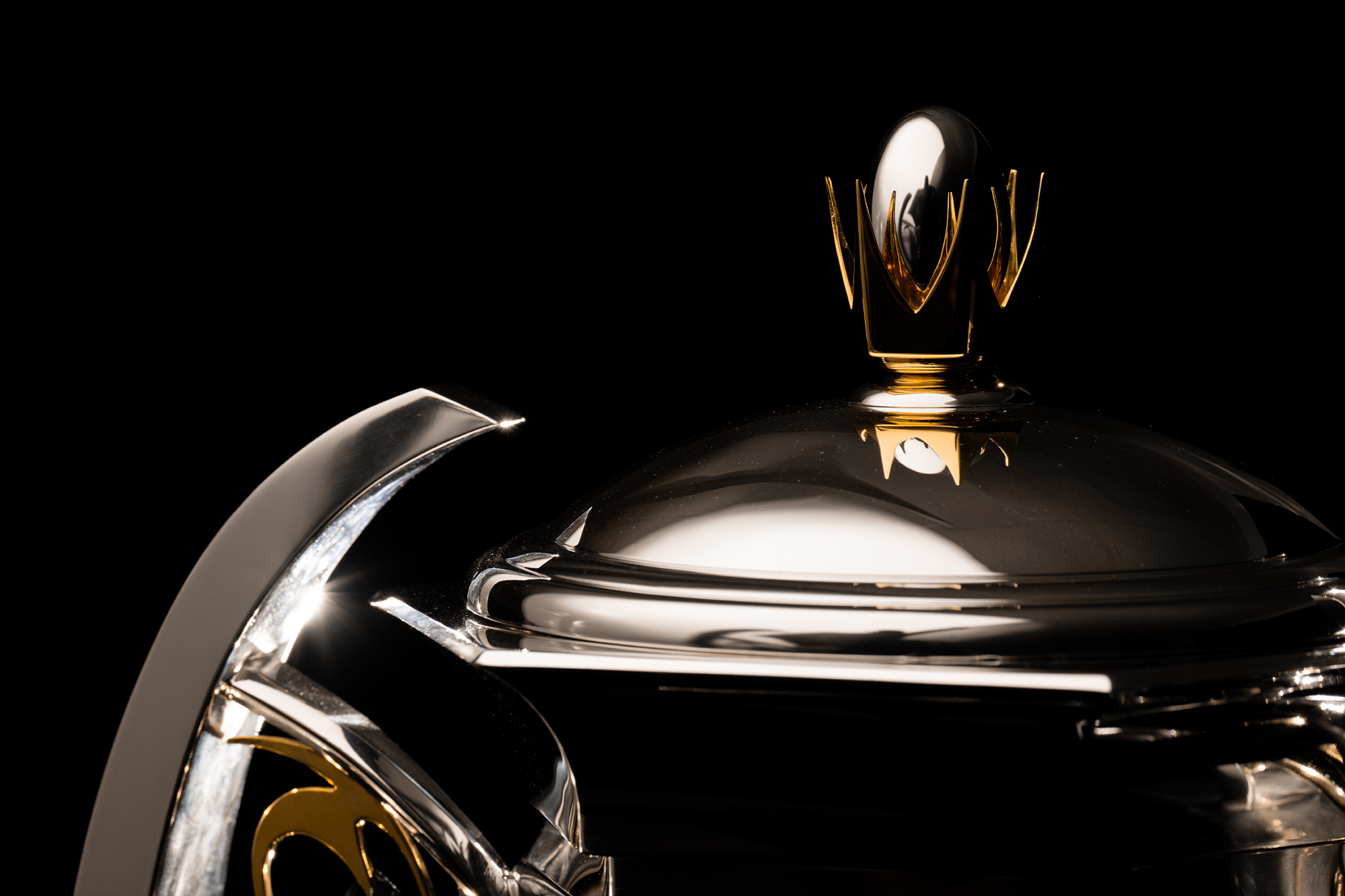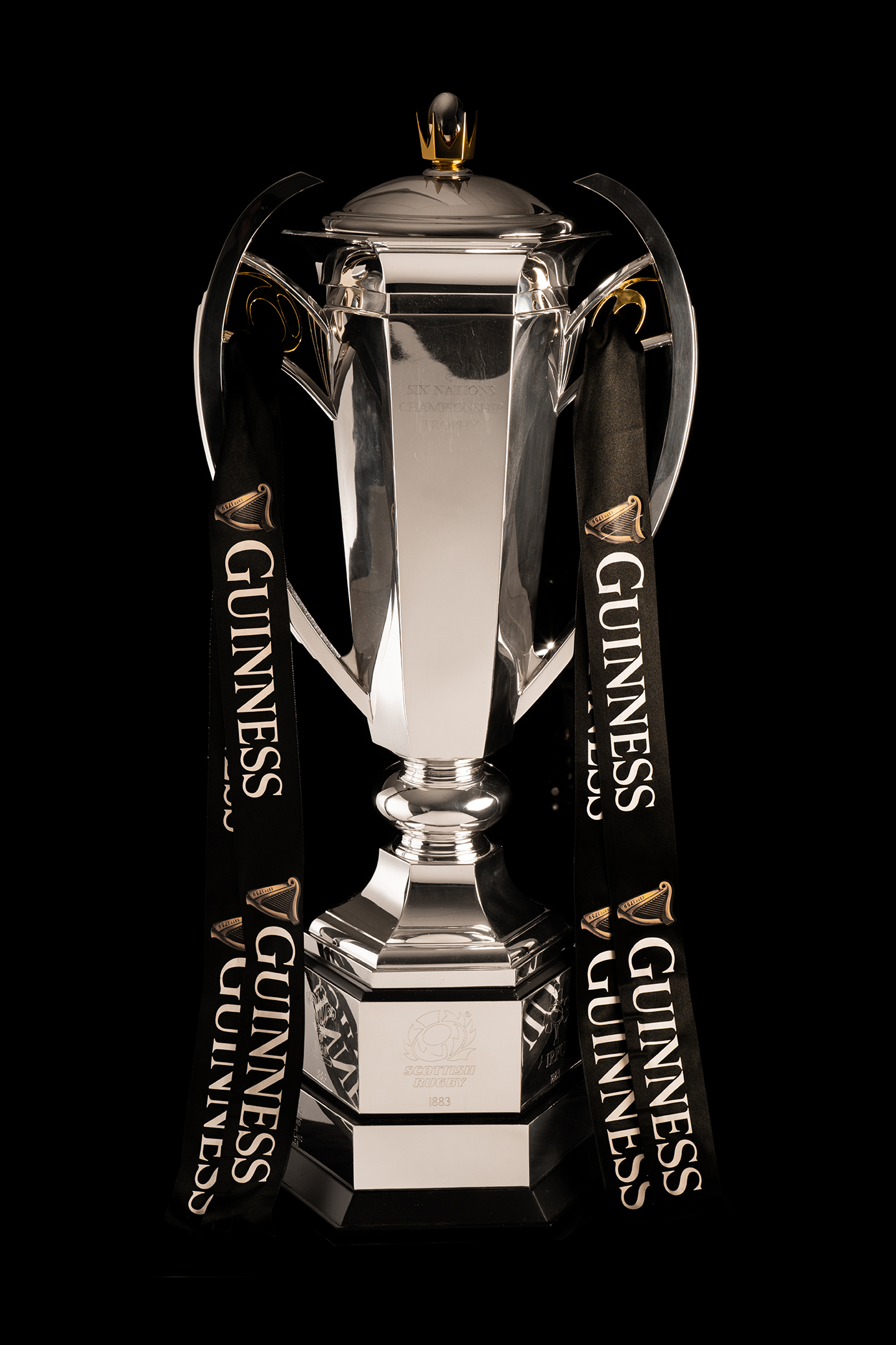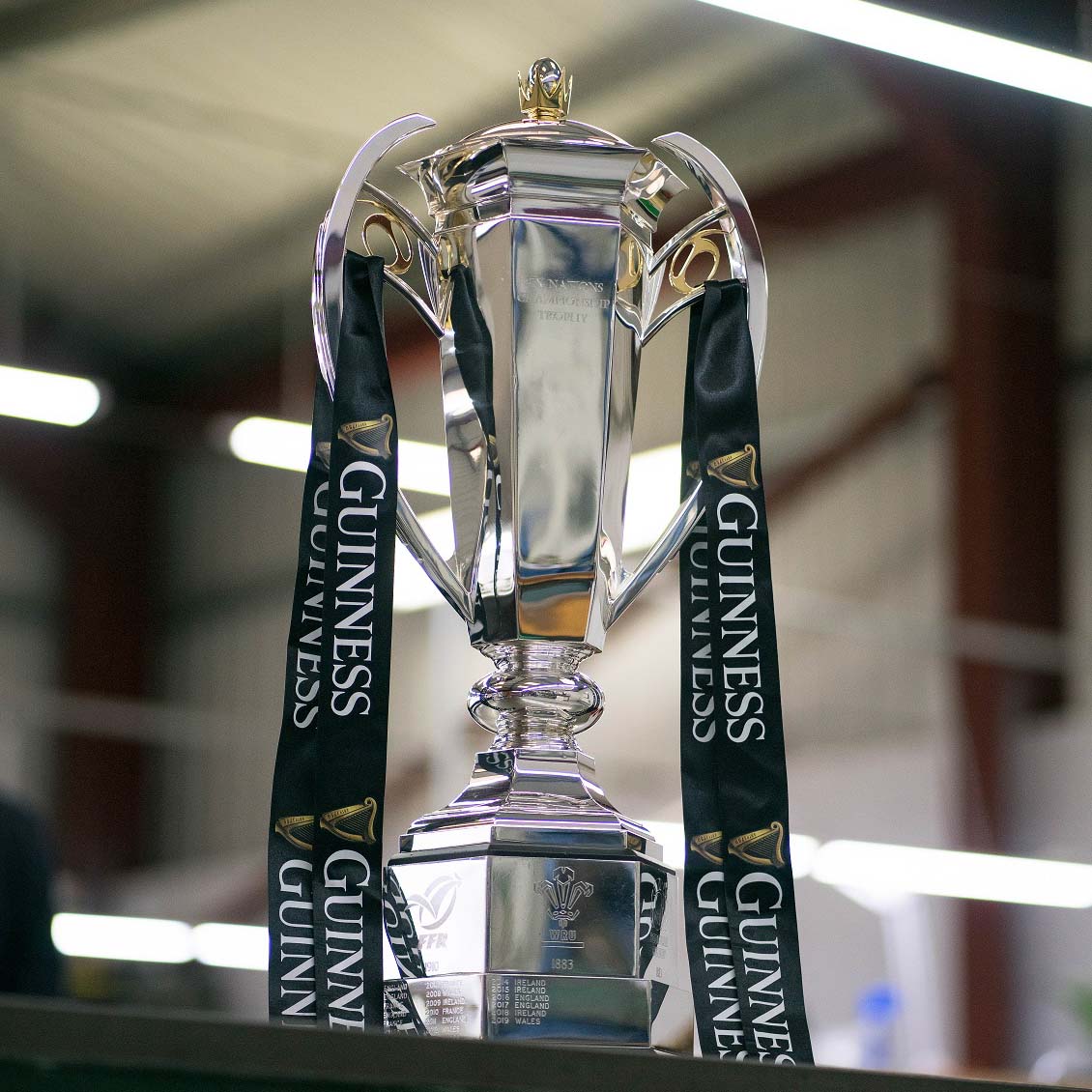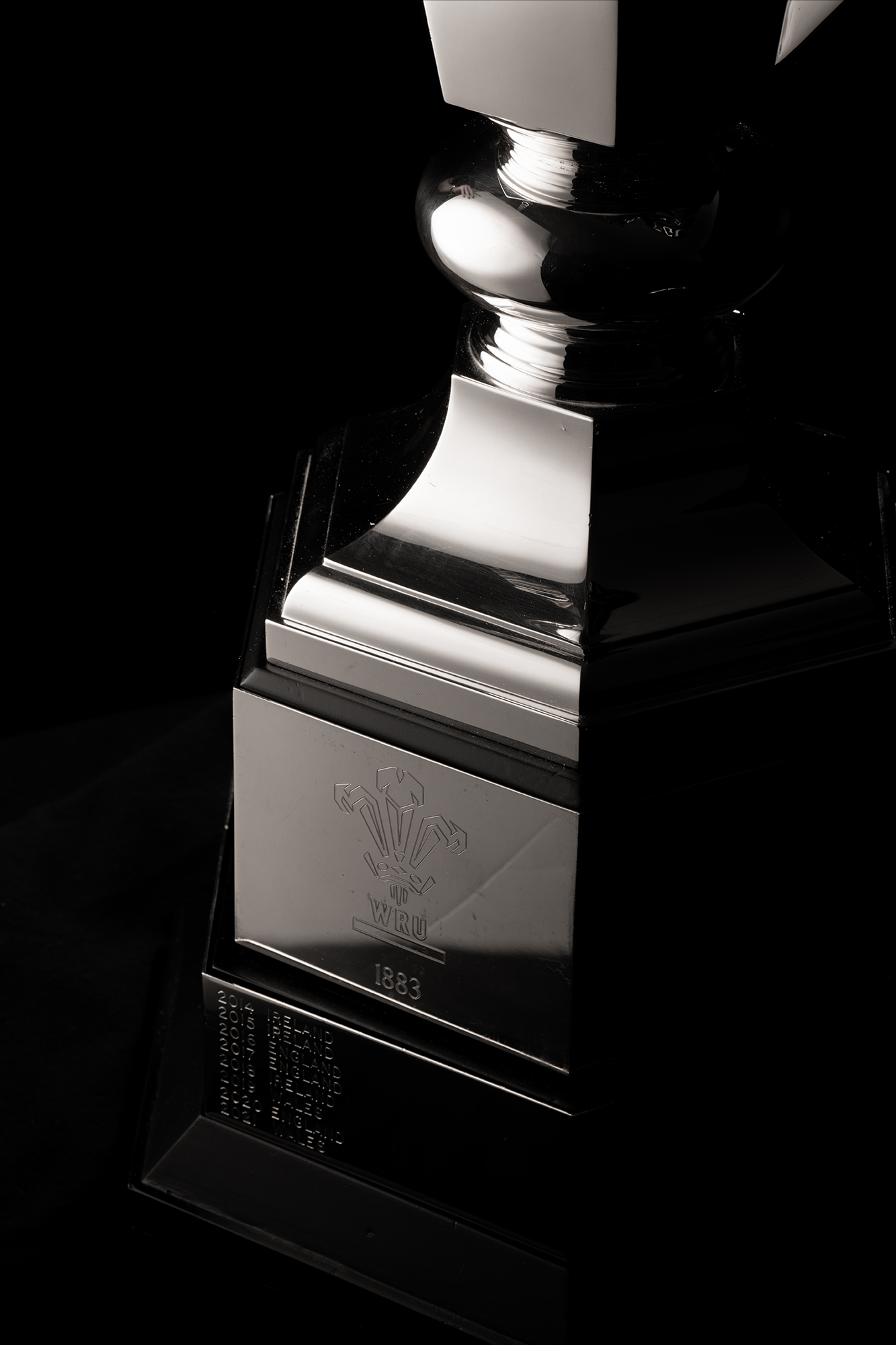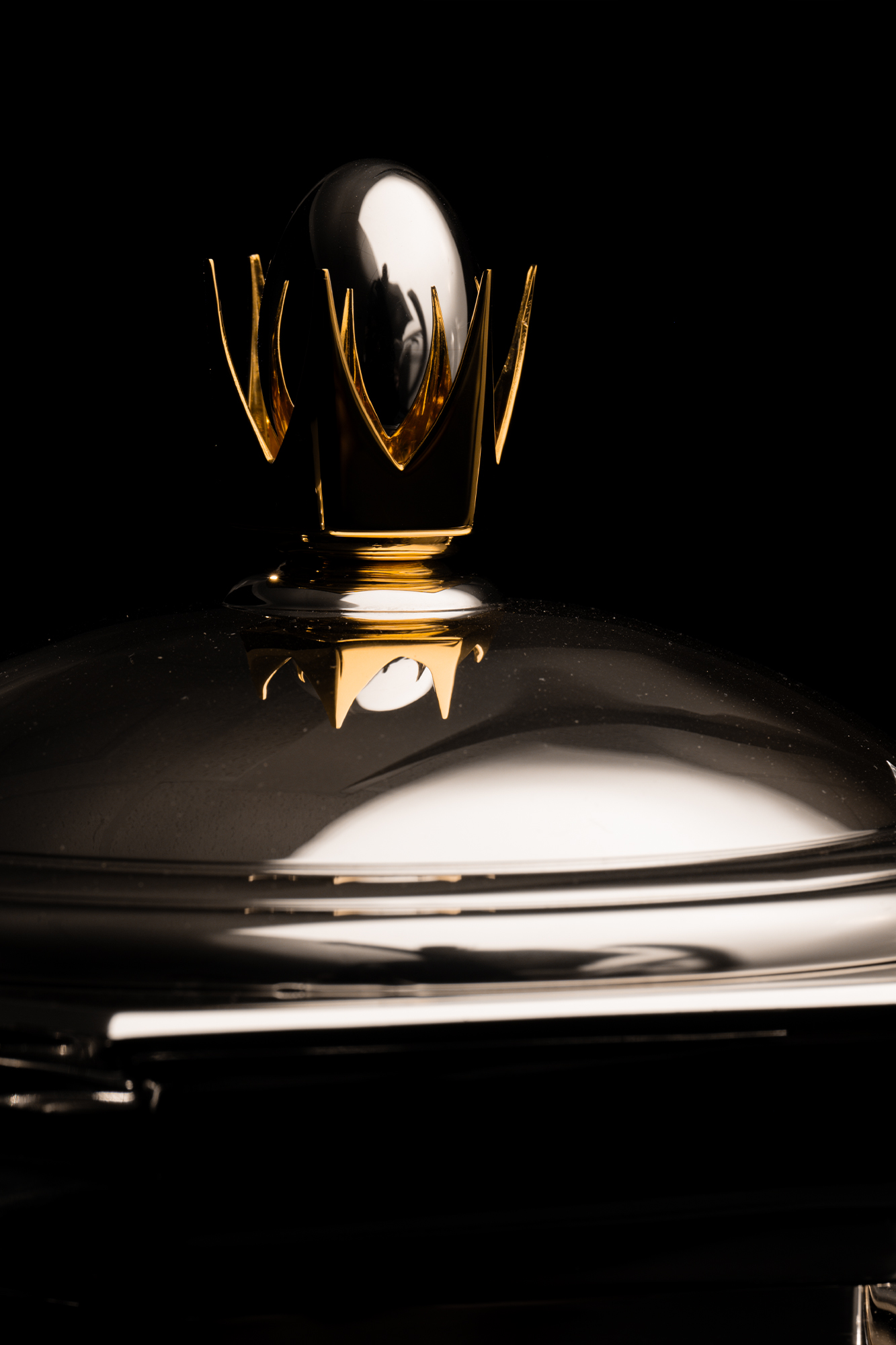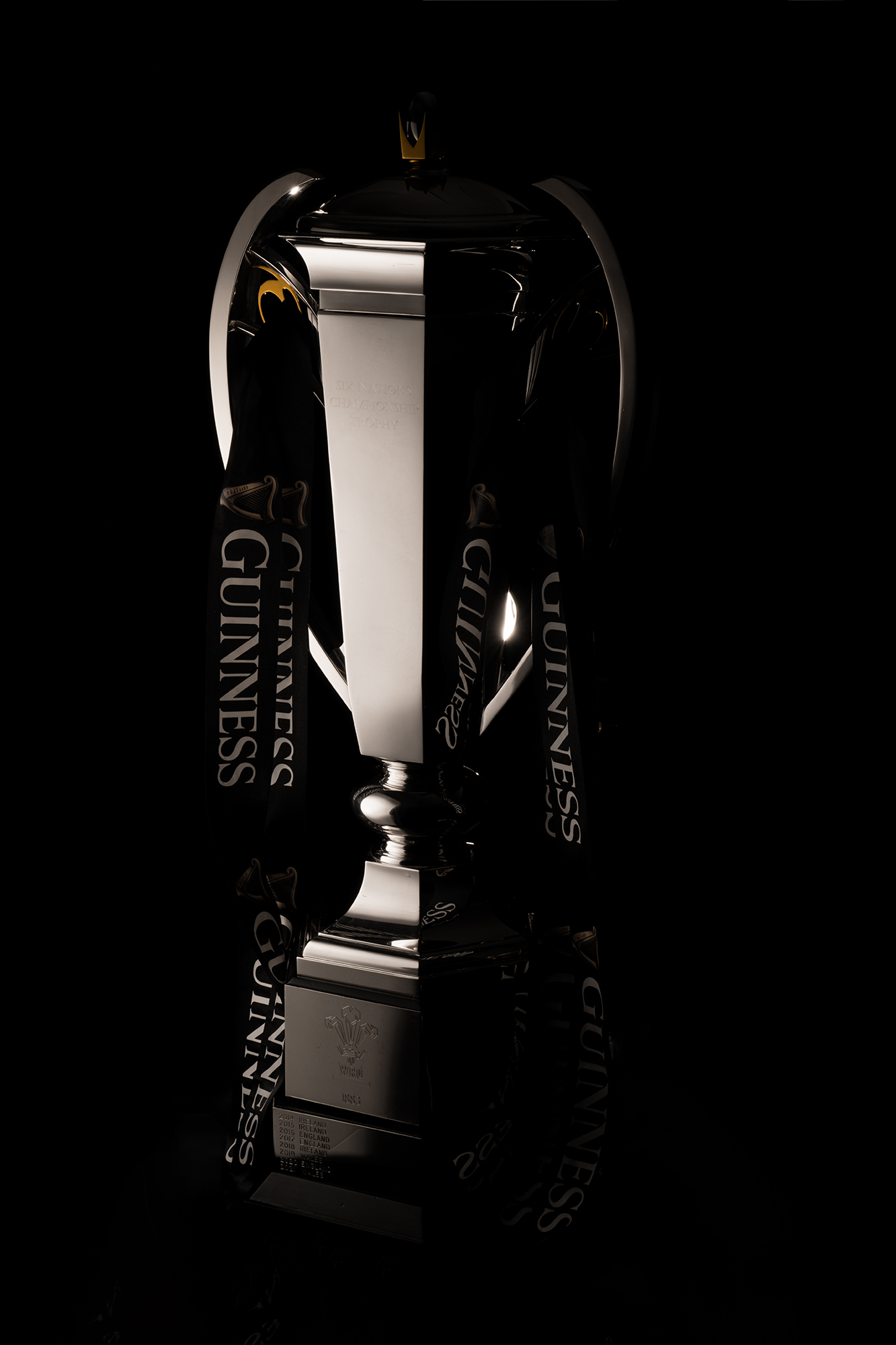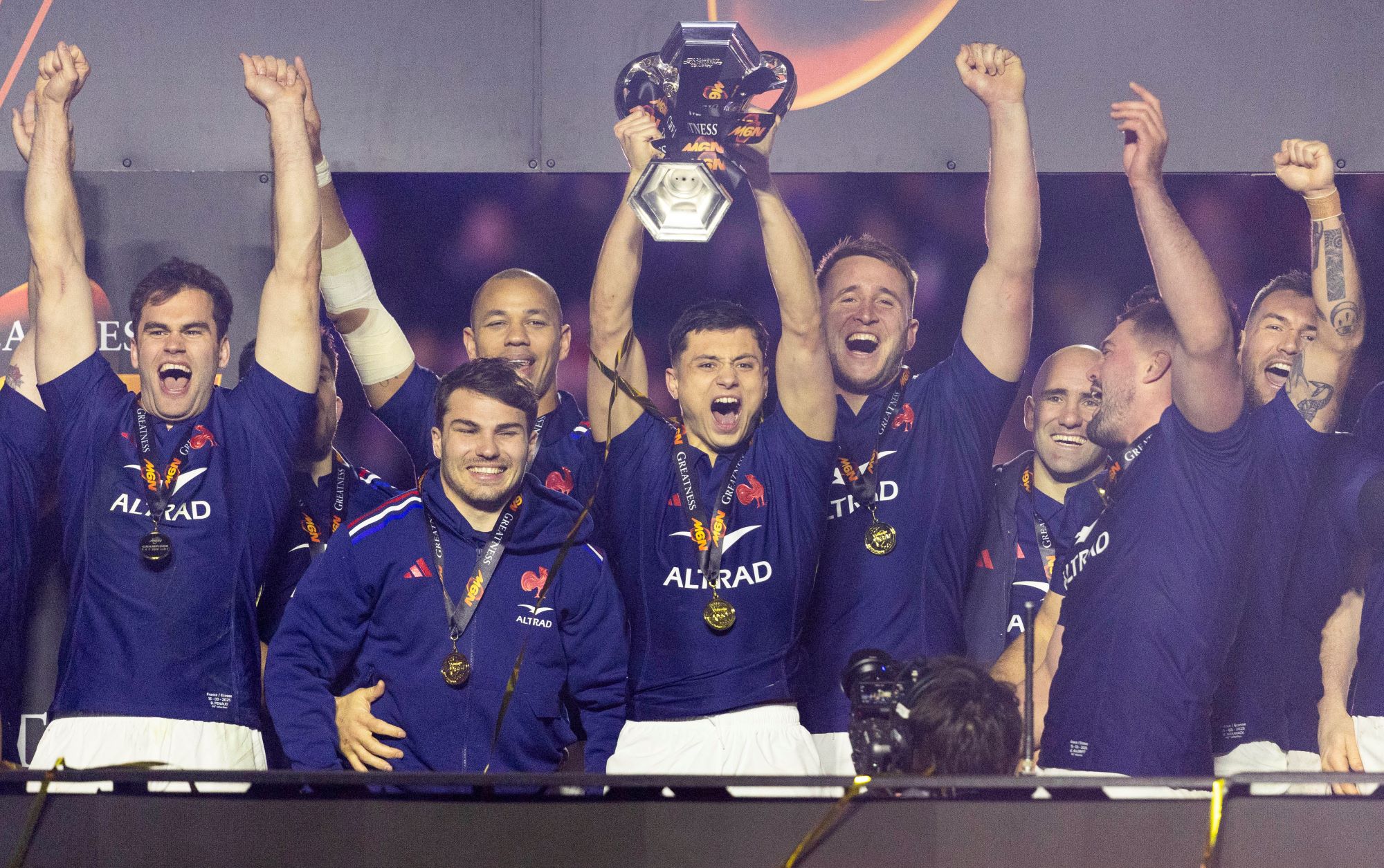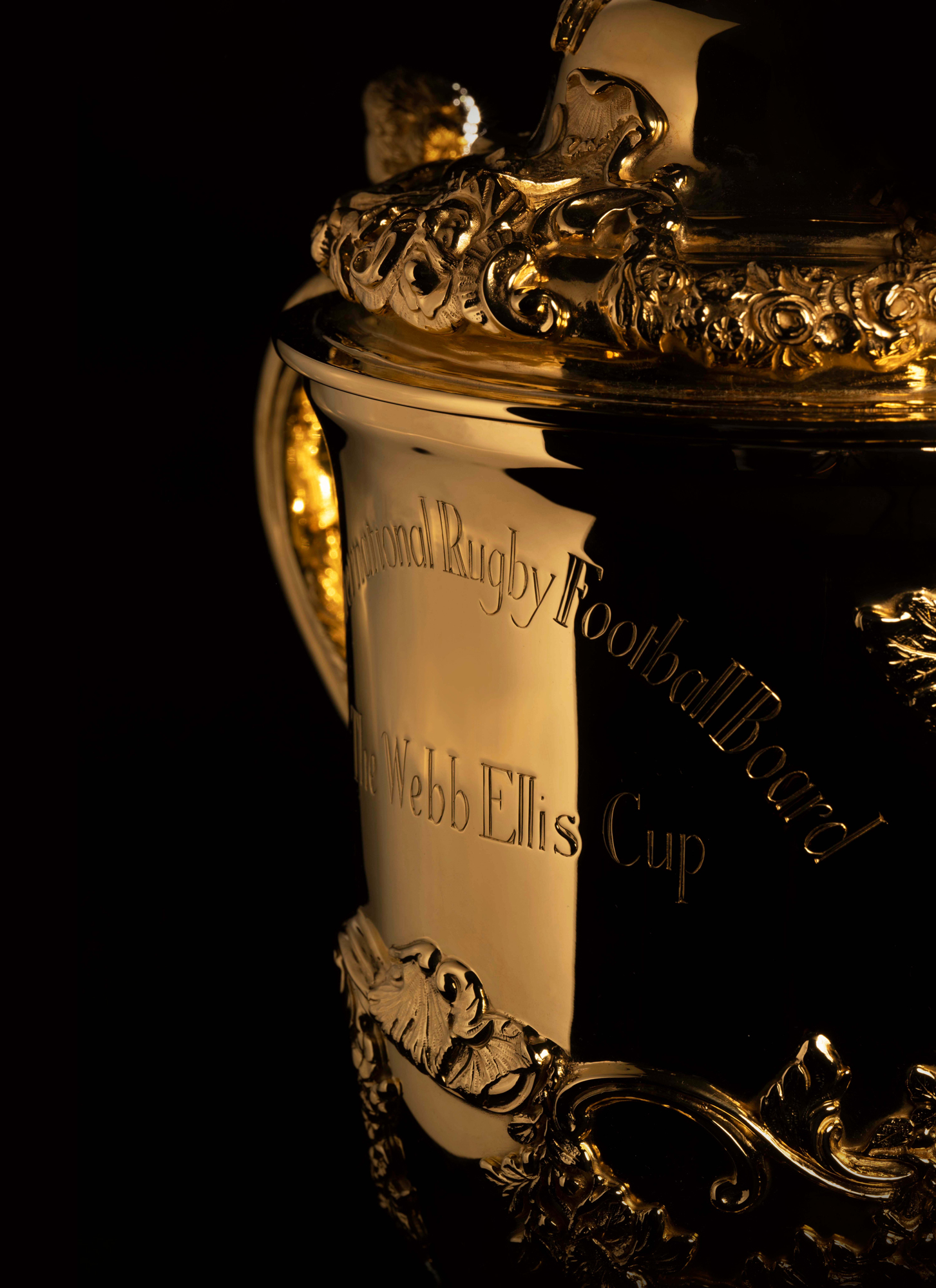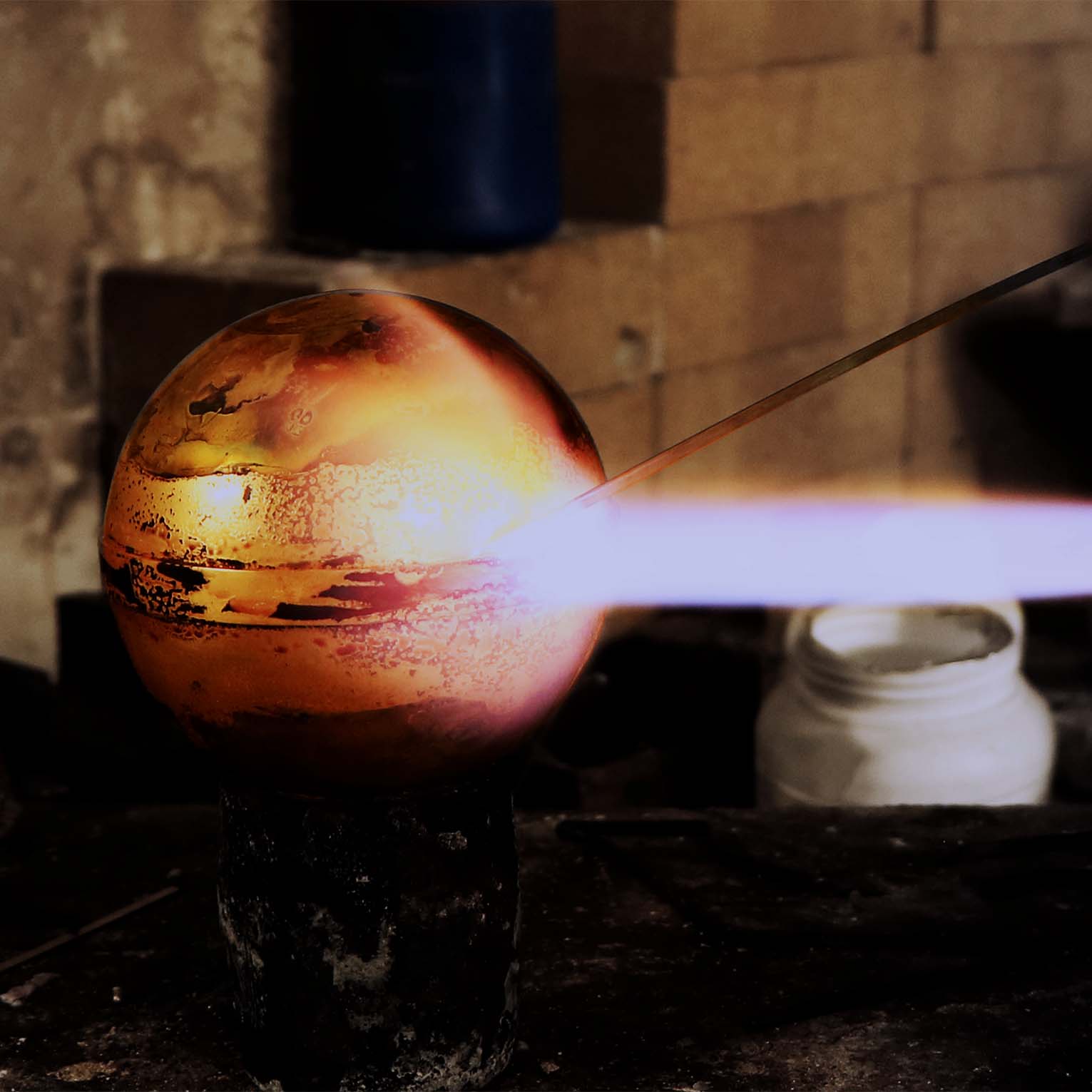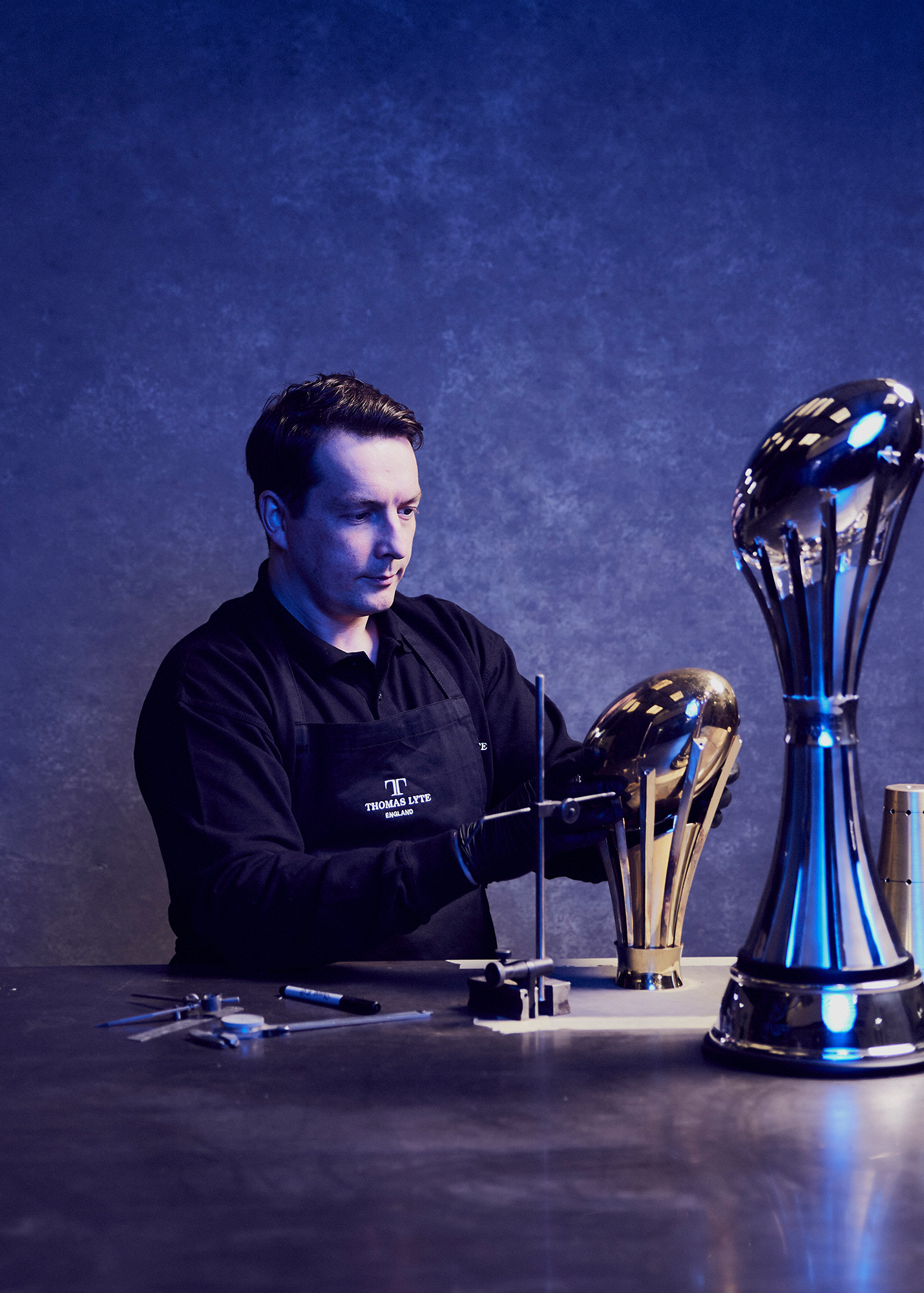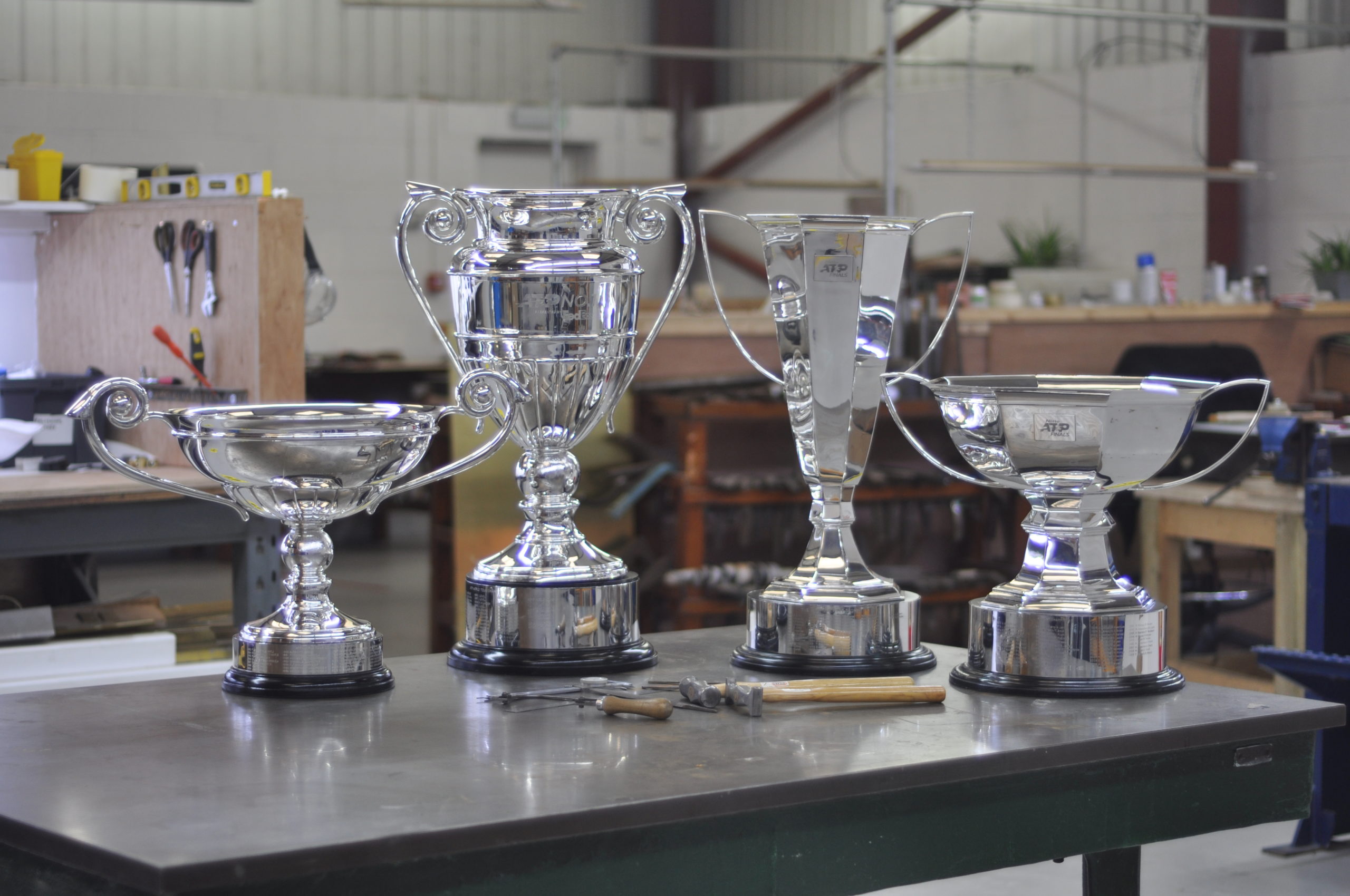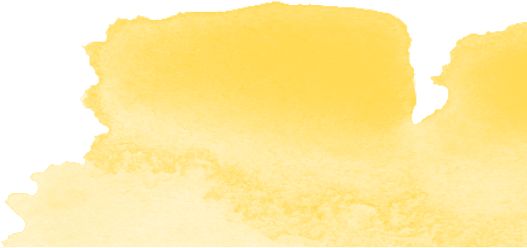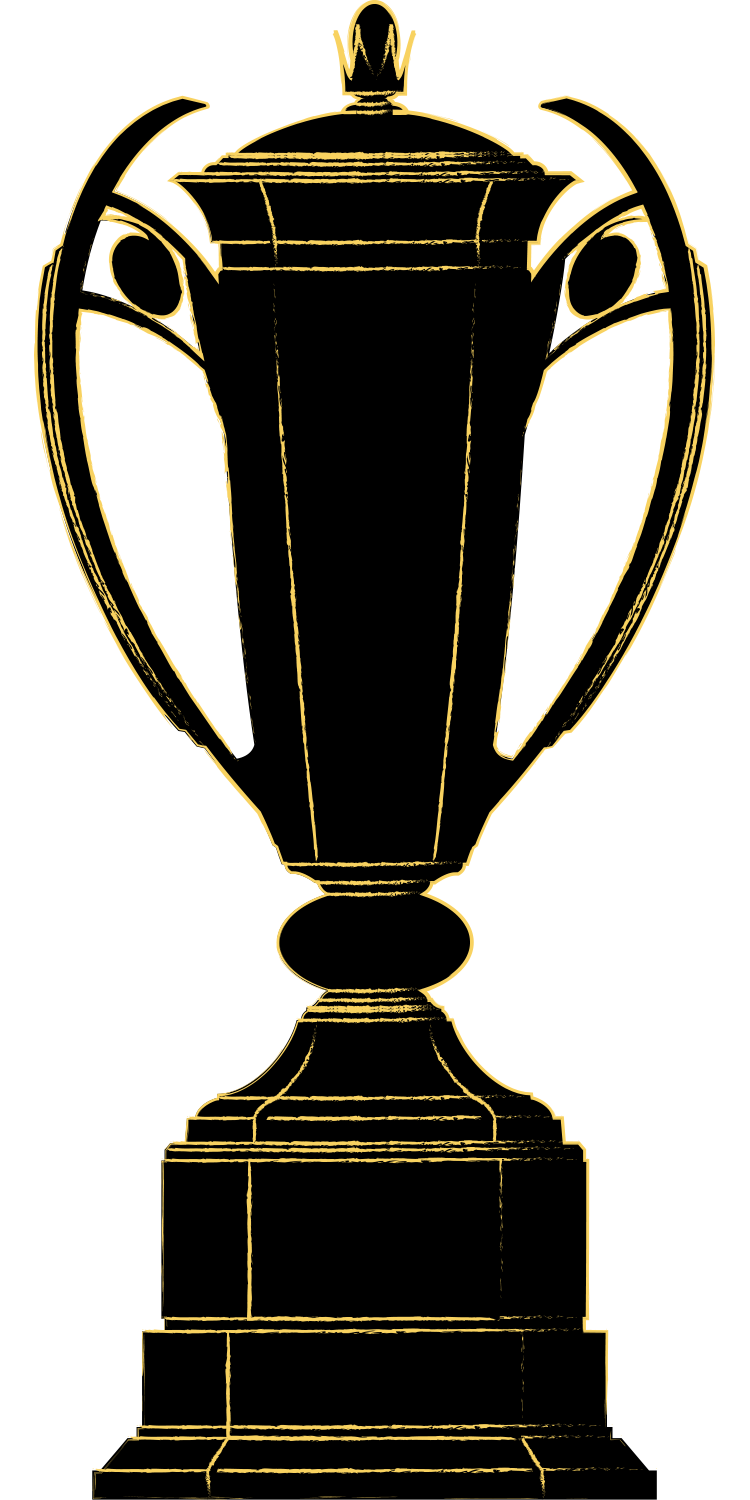About the trophy
An impressive 75cm in height, this distinctive modern masterpiece was hand-spun from 7kg of silver. Our specialist silversmiths and required over 200 hours to complete the job. A stunning plinth contains the names of the six countries contesting the competition. Also included, is the year in which the respective countries joined one of rugby’s most historic events. The names of all the previous winners of the Six Nations, which started life as the Home Nations involving England, Wales, Ireland and Scotland back in 1883, are also engraved alongside the winners of the Thomas Lyte-made trophy, since it was first awarded.
Restoring the Guinness Six Nations trophy
One of rugby’s most instantly recognisable trophies, the Six Nations spends a vast amount of time on the road. The trophy spends ten months between tournaments touring rugby clubs, schools and other venues to spread the M6N’s values and traditions. As such, it naturally accrues dents, scratches and, occasionally, more dramatic damage. As the restorers of the trophy, it’s always a proud moment when it once again leaves our London workshop looking as pristine as it did on the day it set off to begin its new life in 2015.
![baton of hope mike mccarthy recieves baton from Thomas Lyte]() A Symbol of Hope for the UK
A Symbol of Hope for the UK![Designers Makers Of The Queen Elizabeth II Platinum Jubilee Processional Cross 3 1306x1800]() Culture Round-Up: 2022 and the Queen Elizabeth II Processional Cross
Culture Round-Up: 2022 and the Queen Elizabeth II Processional Cross